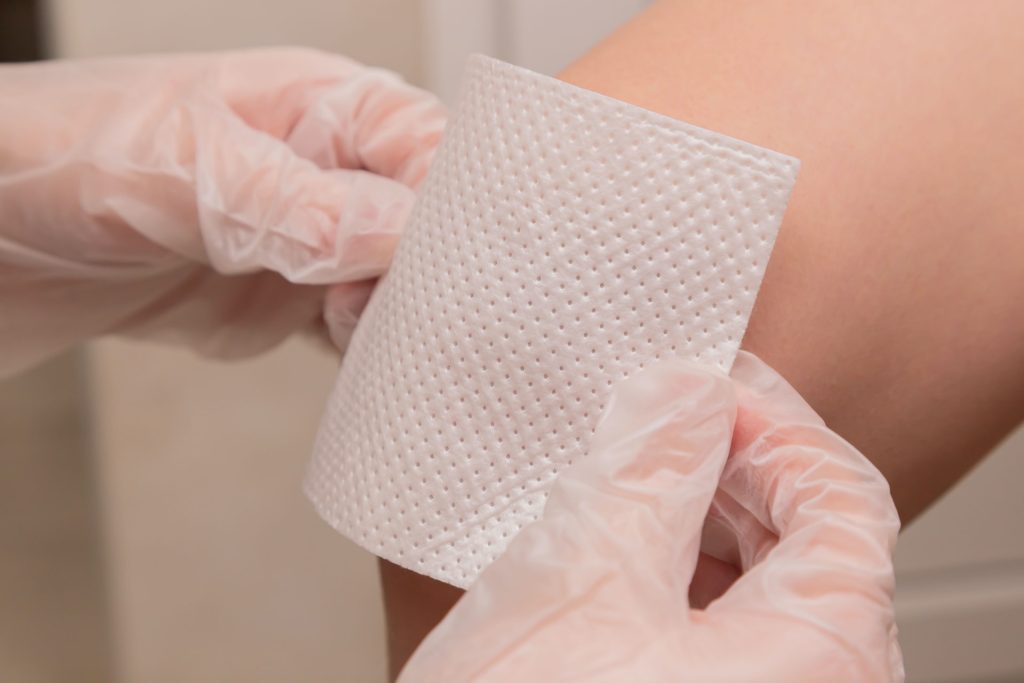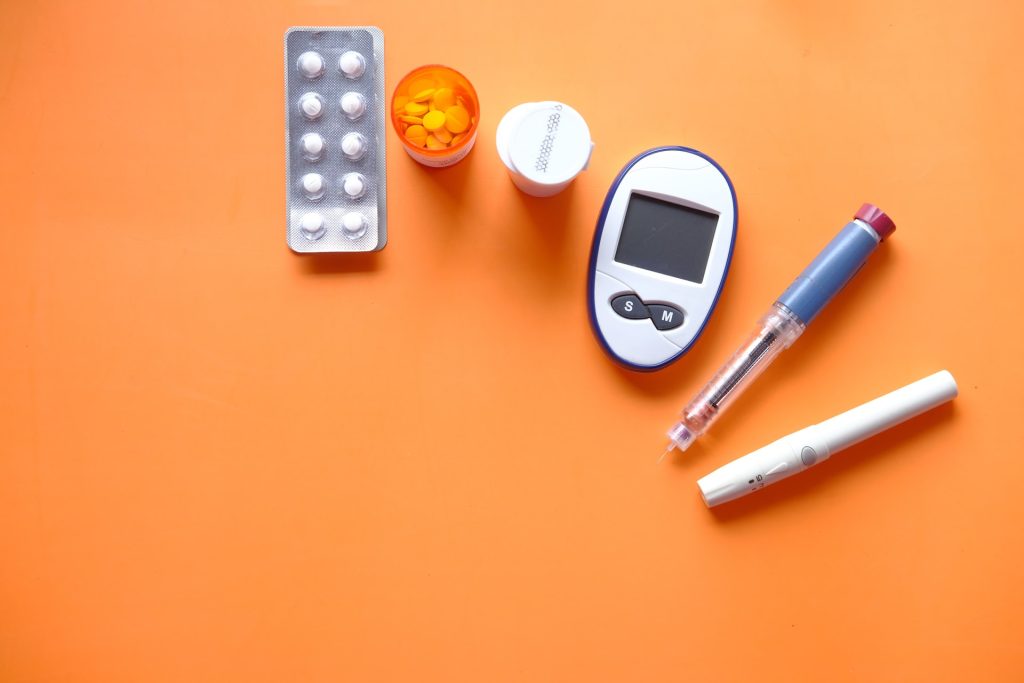Prehabilitation Improves Orthopaedic Surgery Outcomes

Pre-surgery exercise and education, or ‘prehabilitation’, can significantly improve outcomes for patients undergoing orthopaedic surgery, according to new research published in JAMA Network Open.
An ageing population plus the COVID pandemic has put great strains on healthcare systems, creating a longer waiting time for patients due to undergo routine elective surgical procedures. This can cause mental and physical deconditioning in patients, potentially impacting their surgical outcomes.
The study found prehabilitation may mitigate these negative factors and assist in improving strength and function prior to a surgical intervention. This may include exercise, patient education, pain management and psychological support.
Researchers from Anglia Ruskin University (ARU), Addenbrooke’s – Cambridge University Hospitals NHS Foundation Trust (CUH) and Western University in Ontario, Canada, examined the results of 48 unique clinical trials involving prehabilitation techniques such as exercise, pain management and acupuncture among patients about to undergo orthopaedic surgery.
Outcomes were measured prior to surgery as well as at intervals post-operation. Results were graded for certainty, or confidence that results were true.
Prior to surgery, the study found strong evidence that prehabilitation led to a reduction in back pain for people waiting for lower back surgery and evidence of moderate certainty for improvement in their health-related quality of life.
For patients waiting for total knee replacement, evidence of moderate certainty showed prehabilitation improved function and muscle strength. For patients waiting for a total hip replacement, evidence of moderate certainty showed prehabilitation improved health-related quality of life and hip muscle strength.
Following an operation, the study found that prehabilitation improved function in the short to medium term compared with no prehabilitation. In particular, evidence of moderate certainty suggested prehabilitation had favourable outcomes on function in those who had undergone knee replacement surgery at six weeks post-operatively. Evidence of moderate certainty also suggests prehabilitation improved function six months after lower back surgery.
Lead author Anuj Punnoose, ARU PhD candidate and Clinical Specialist Physiotherapist at CUH, said: “This study stemmed out of a need to find the best ways to prepare orthopaedic patients prior to surgery and prevent them from further deconditioning. Furthermore, any prehabilitation programme should ideally be delivered for at least four to six weeks prior to the surgical intervention and twice a week for optimum results. Health services looking at developing such programmes could utilise recommendations from this study.”
Source: Anglia Ruskin University





